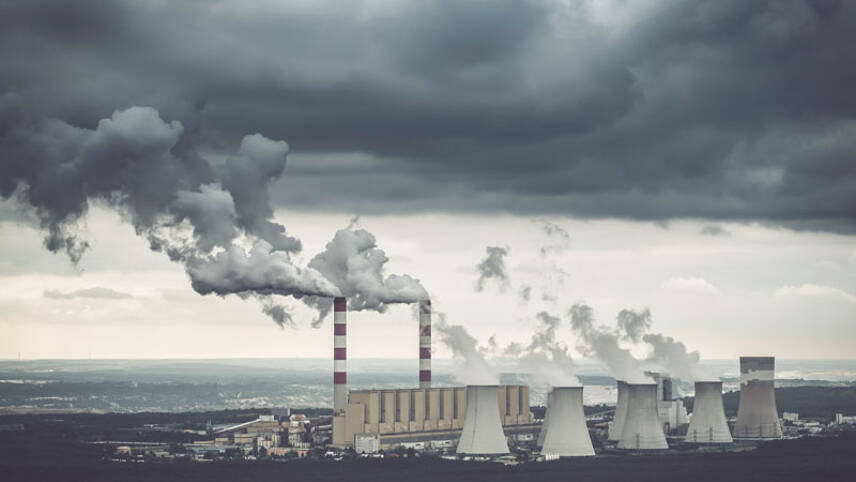Register for free and continue reading
Join our growing army of changemakers and get unlimited access to our premium content

Pictured: Coal-fired power generation, Belchatow, Poland
The Agency has today (15 December) released its latest annual report on the state of the global coal market, confirming that demand increased by 1.4% year-on-year. This is considerably lower than the 3.8% increase recorded last year.
According to the IEA, the EU and the USA each decreased their coal demand by 20% year-on-year. But this procress was offset by increased year-on-year demand in Asian markets, including India (8%) and China (5%).
The IEA sees this as a temporary trend, with these markets seeking to maintain energy security amid a dip in hydropower output due to early and intense heatwaves.
In the next three years they are expected to bring significant renewables online in other formats, including solar. China is expected to account for more than half of the world’s renewable energy generation capacity expansion through 2026 by the IEA’s forecasts.
The IEA expects global coal demand to be 2.3% lower in 2026 than in 2023. This calculation is based on Governments not implementing any new climate policies and accounts for average delivery on the policies already in place.
In China, which accounts for more than half of global coal demand, demand and consumption is expected to fall in 2024 but then plateau until 2026. Other markets including the EU and US, meanwhile, are likely to forge ahead with phasing down coal. In the near term, the phase-down is likely to affect power generation more than industrial sectors such as steelmaking and cement production.
The Agency concludes that the decline of coal is “structural”. But it needs to be “significantly faster” if the Paris Agreement is to be delivered and global temperature increases limited in line with scientific recommendations.
‘’We have seen declines in global coal demand a few times, but they were brief and caused by extraordinary events such as the collapse of the Soviet Union or the Covid-19 crisis,” said the Agency’s director of energy markets and security Keisuke Sadamori.
“This time appears different, as the decline is more structural, driven by the formidable and sustained expansion of clean energy technologies.
“A turning point for coal is clearly on the horizon – though the pace at which renewables expand in key Asian economies will dictate what happens next, and much greater efforts are needed to meet international climate targets.”
IEA recommendations
September saw the IEA publishing a sweeping update to its 1.5C-aligned pathway to net-zero by 2050 for the global energy sector. This pathway is still possible to deliver cost-effectively but would require significant changes in energy production, consumption and demand patterns this decade.


Please login or Register to leave a comment.